Rodolphe Lameyse, CEO of Vinexposium talks about the return of Vinexpo Asia to Singapore as well as drinking trends and vulnerable market situations.
The highly anticipated Vinexpo Asia 2025 returns to Singapore from 27 to 29 May 2025 at Marina Bay Sands. Taking place alternately in Singapore and Hong Kong, the premier event for wine and spirits professionals serves as a strategic platform for networking, discovering industry innovations, and fostering business opportunities.
The debut in Singapore in 2023 has established the city as the gateway to the Asia-Pacific market. Vinexpo Asia 2025 will bring together 1,000 exhibitors from over 30 countries and welcome 11,000 professional visitors from 70 countries. This year, attendees can look forward to an in-depth programme designed to meet the challenges facing the industry today. We find out more from Rodolphe Lameyse, CEO of the Vinexposium group on what to expect this year.
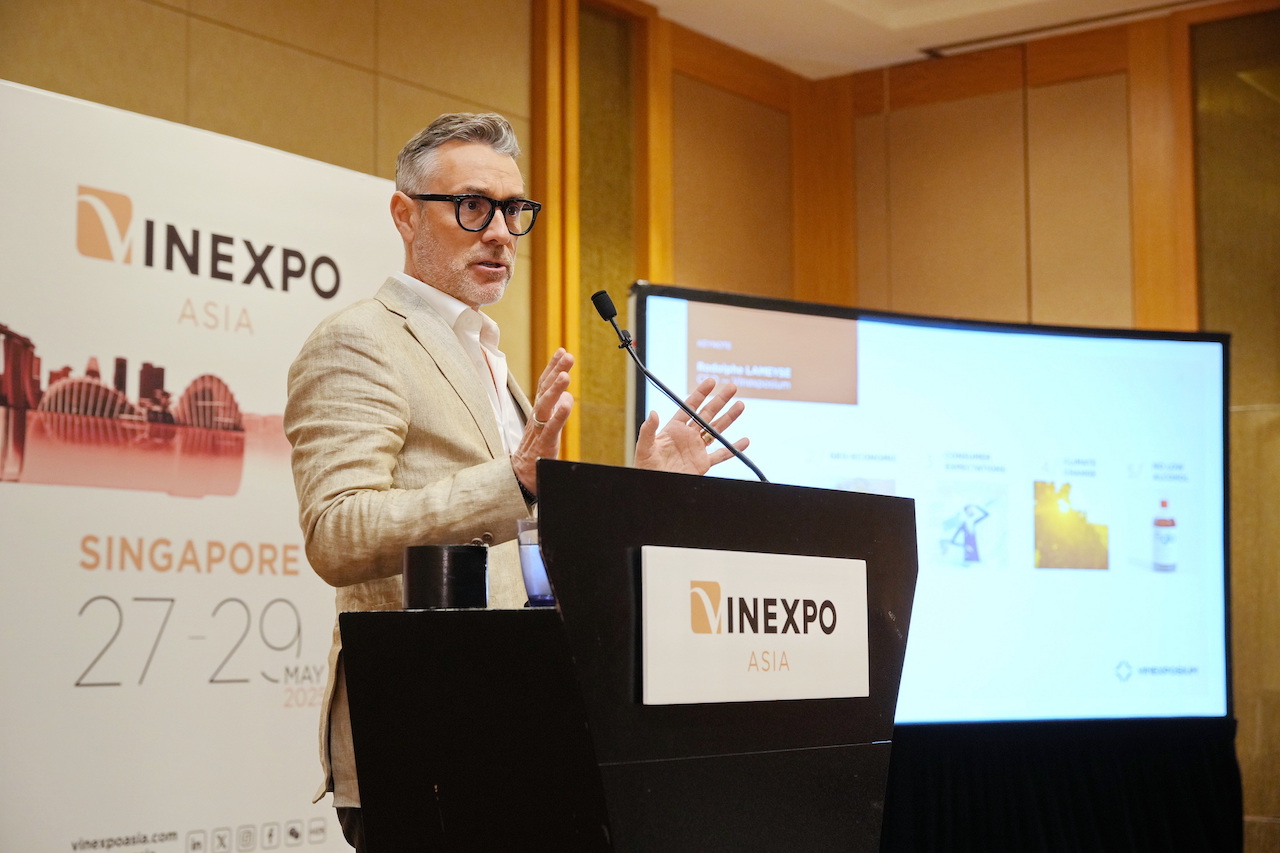
How different will Vinexpo Asia 2025 in Singapore be compared to the 2023 edition?
A more assertive ambition for 2025, after a first edition in Singapore that was successful but still exploratory. We’re building on that momentum with a sharper business focus, more regional engagement, and a stronger presence of key international players. Singapore remains the natural hub for Southeast Asia — efficient, neutral, and trusted by the trade. It brings together high-level professionals from across ASEAN, India, Korea, Japan and beyond, in one place where deals get done.
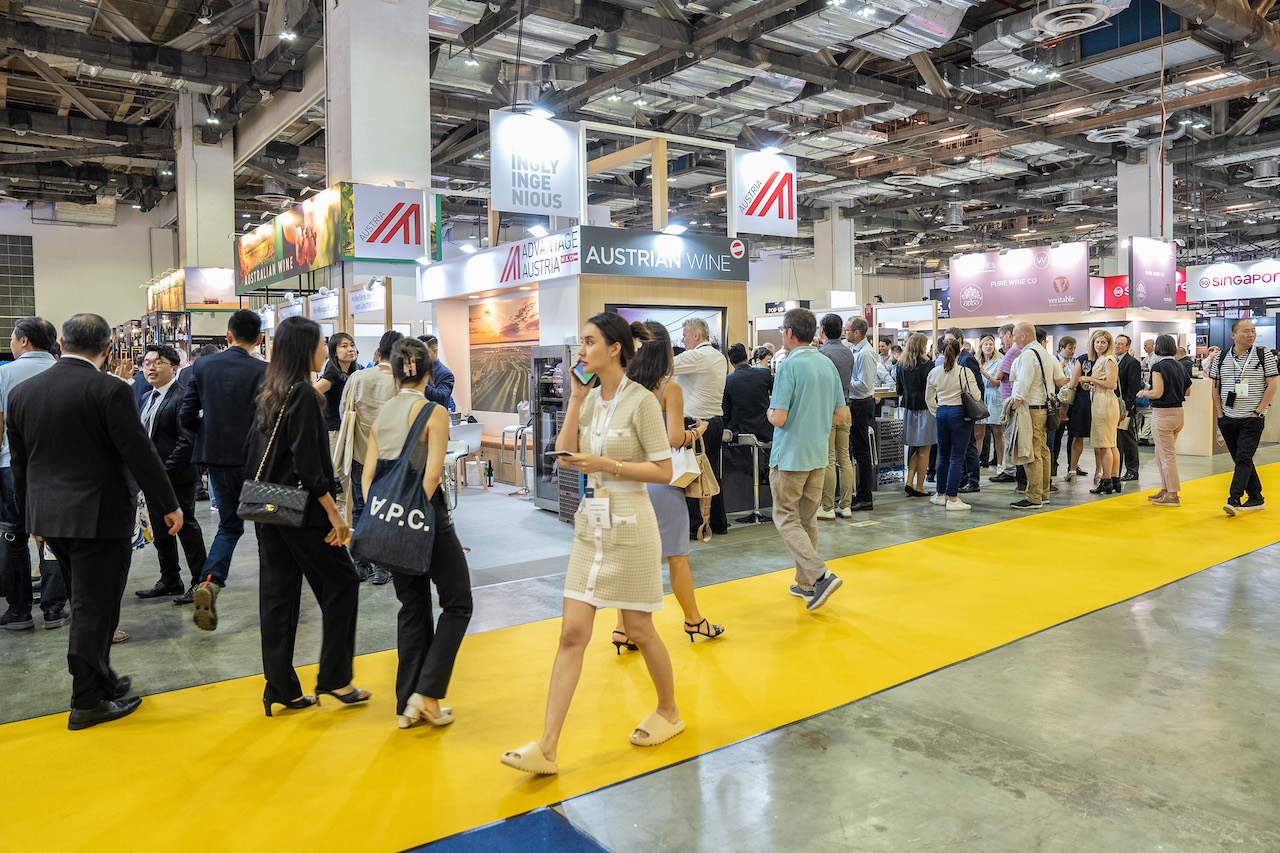
What’s the differentiation between the tradeshow in Singapore versus the one in Hong Kong?
Vinexposium’s strategy in Asia is deliberately dual. Vinexpo Asia alternates between Hong Kong and Singapore to serve two distinct market dynamics. Hong Kong is our gateway to the Chinese market — including the Greater Bay Area and Mainland China — while Singapore gives us strong access to Southeast Asia, from established hubs like Singapore, Japan, and Korea to fast-growing markets such as Thailand, Vietnam and Indonesia. Together, they allow us to address the full spectrum of Asia-Pacific trade.
Trump’s tariffs will influence the wine trade globally, but how should the industry in Asia respond to it?
Tariffs imposed by the US administration are already impacting the global wine trade. While their scope and duration remain to be seen, the industry must prepare now. The heavy reliance on a few mature markets, particularly the US, is becoming a vulnerability. Asia, especially Southeast Asia, offers a mix of resilient and fast-growing markets, from Japan and Korea to Vietnam and Indonesia. It’s time to rebalance efforts, not wait for the old order to return. The future of wine trade will be more diversified, and Asia is a key part of that equation. That’s exactly what Vinexpo Asia in Singapore is designed to do: help the industry deepen its reach across Southeast Asia’s full potential.
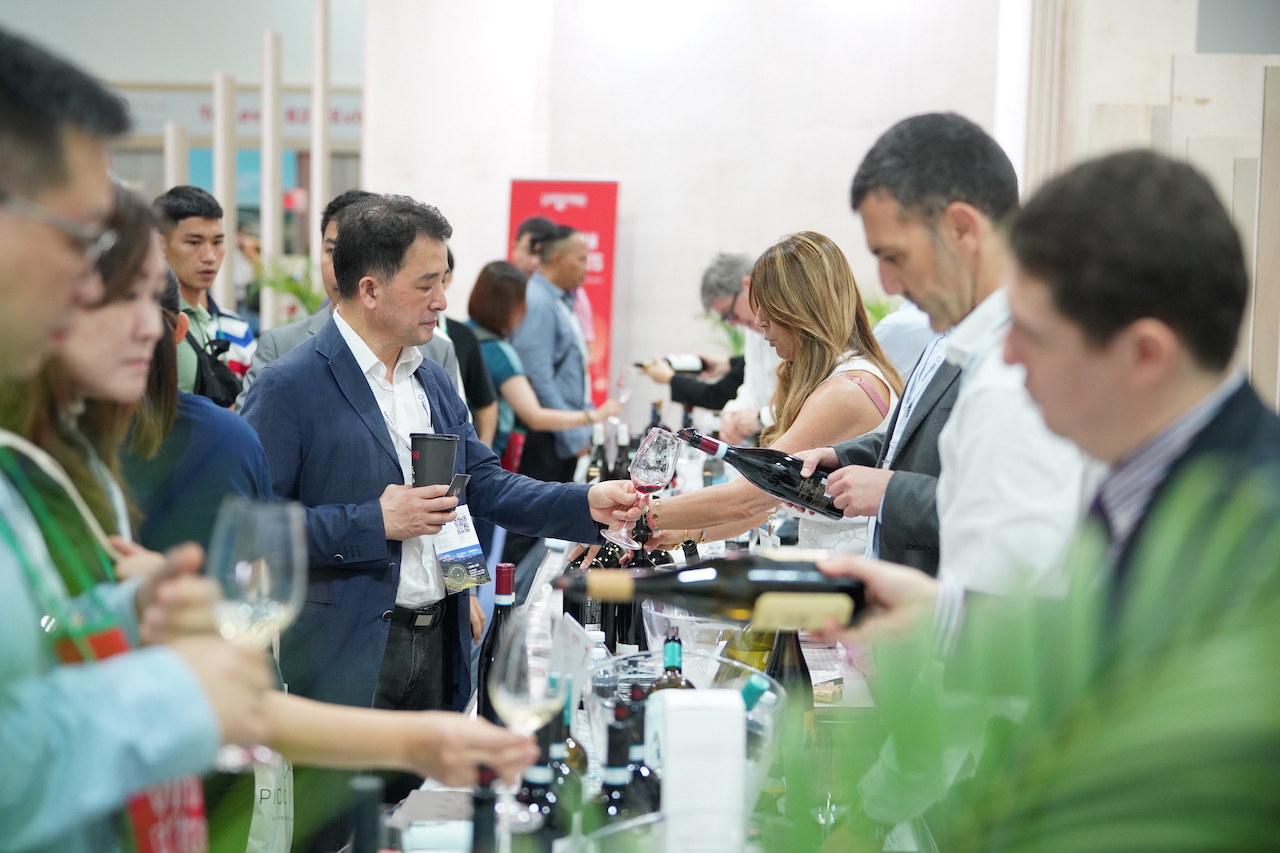
What are the emerging markets in Southeast Asia to pay attention to?
Southeast Asia is showing real momentum. Thailand stands out with recent tax reforms—scrapping import duties and cutting excise tax on wine—which could trigger growth on a scale similar to what Hong Kong experienced in 2008. India is another key market, with rising demand across wine, spirits, and RTDs, led by a curious and growing middle class. Korea, despite economic headwinds, still reports import values well above 2020. Each market operates differently, but together, they signal a region shifting from potential to priority.
Why do you think countries like Thailand and Malaysia are booming at the moment and will this continue?
Thailand is accelerating fast—fiscal reforms, the return of tourism, and a thriving cocktail culture are boosting demand across wine and spirits. Malaysia is more regulated, but premiumisation and the rise of mixology in Kuala Lumpur point to a clear shift. These insights, drawn from IWSR data shared during our recent press roadshow in Asia, reflect a wider regional trend: consumers are trading up, and the on-trade is leading the way.
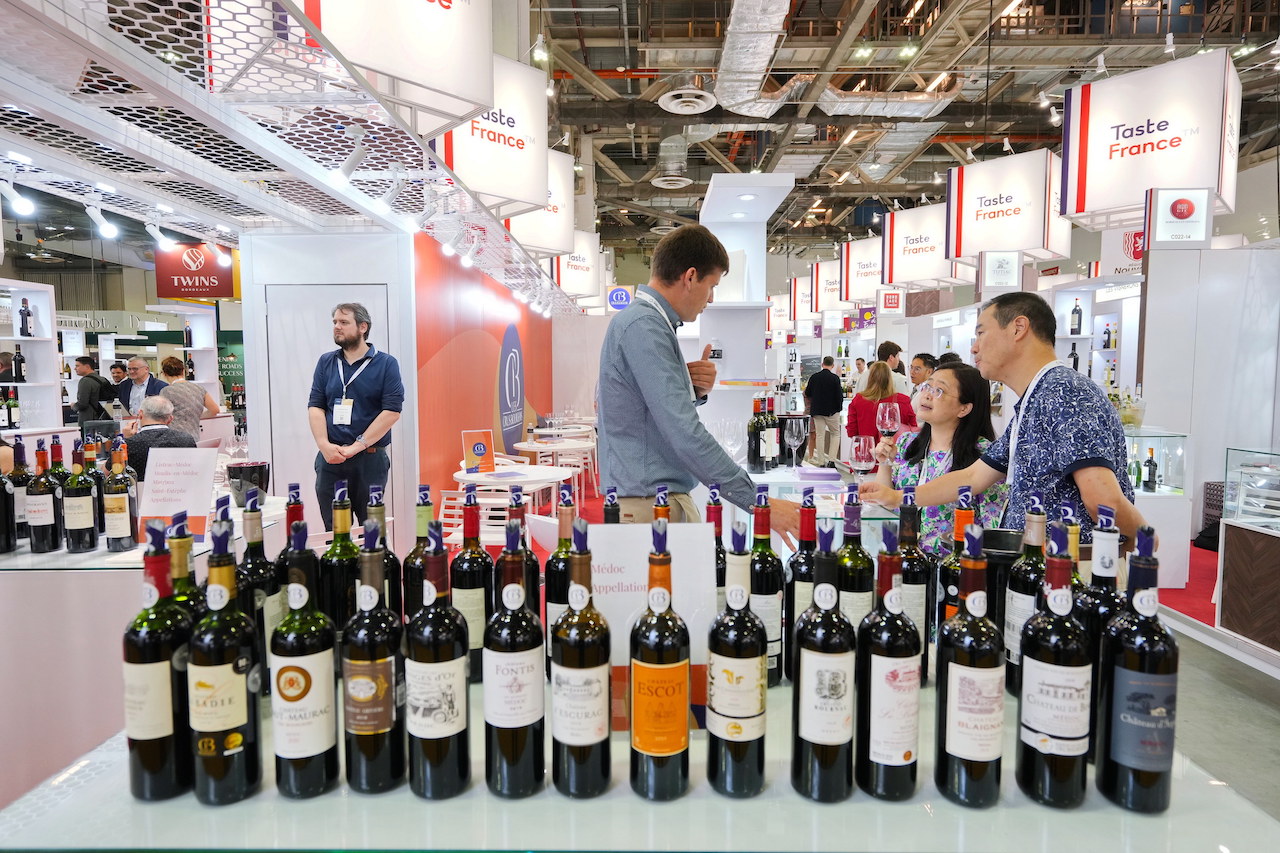
Are there any notable new exhibitors coming to Singapore this year?
Could you please share some of the major or unique ones? Yes, several exciting additions are joining Vinexpo Asia in Singapore this year. Grace O’Malley brings premium Irish whiskey to the show for the first time, alongside a dedicated pavilion of baijiu producers from Guizhou, China. On the wine side, Moderato represents the growing no-alcohol trend, and new national pavilions include Tunisia, Belarus, and Ukraine. We’re also welcoming Wines of South Africa and New Zealand Wine back to Singapore, plus two Argentine pavilions, including one led by the Mendoza region. Among the major exhibitors, Penfolds, Domaines Barons de Rothschild (Lafite), and Castel Frères will also be present, to name just a few.
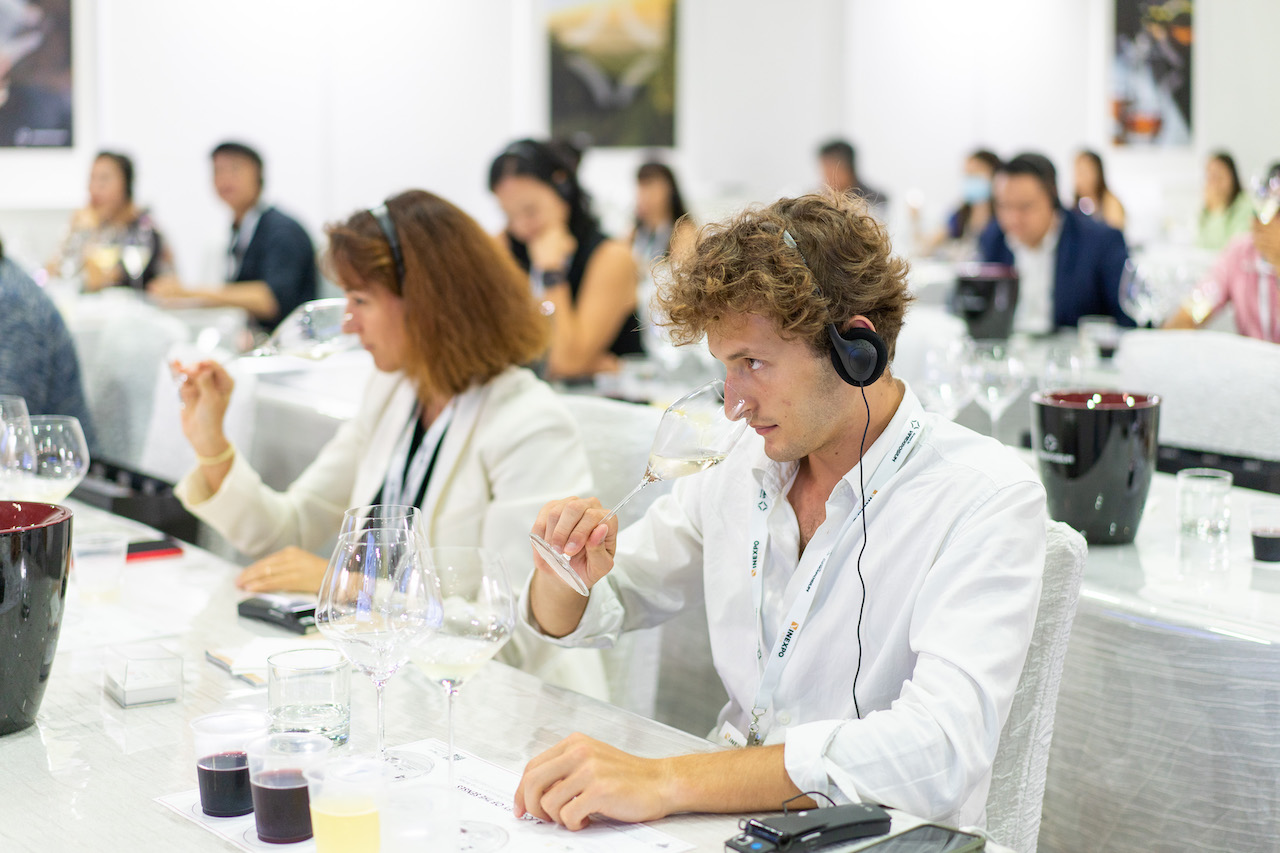
Will the Low ABV trend affect the wine market in a big way? And how should the wine industry deal with that?
The low and no-alcohol trend is not a passing fad — it reflects deeper shifts in consumer priorities, particularly among younger generations. Health-conscious choices and moderation are becoming more important, and alcohol levels are part of that conversation. The wine and spirits industry is beginning to adapt, but it’s a complex process: reducing ABV without compromising on taste, identity, or quality is a real technical and cultural challenge. That said, No-Low is clearly one of the few segments where opportunities are emerging, and it will likely become an integral part of the market’s future landscape. The first-time presence of a player like Moderato at Vinexpo Asia reflects how this shift is now turning into tangible business momentum.
